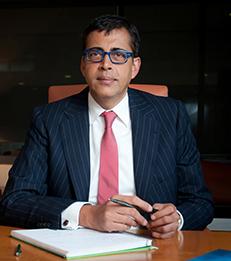Opinion
By Far A Tardy Journey
—


Large countries tend to be more domestically oriented than the small, but even after controlling for India’s population, per capita income, location and other structural characteristics, its depth still comes in below expectations.
By Pankaj Ghemawat
Today’s crop of Indian business students will be entering a very different corporate environment upon graduation than those who finished just a decade ago. Back then, the talk was still about globalisation galloping ahead, and Indian firms were racing to outdo each other with bigger and bolder international acquisitions. Now, the mood around globalisation is much more subdued—and anxious. In 2016, negative news stories were double the positive ones in major Indian newspapers. Even the country’s globalisation champions—its large IT Services firms—are facing uncertainties associated with protectionism as well as cloud computing and automation.
Advertisement opens in new window
Nobody gets to decide when to come of age. We all must make the best of available opportunities. Making the right choices requires the ability to separate reality from hype—a skill which one ought to learn in studying business—and there are few areas where hype so often and so wildly eclipses the facts than in the understanding of globalisation and what to do about it.
Post 1991, India is more connected globally, but its connectedness remains limited going by cross-country comparisons.
See the full article published by Outlook India.
___
Pankaj Ghemawat is a Global Professor of Management and Strategy and Director of the Center for the Globalization of Education and Management.
Advertisement opens in new window
Nobody gets to decide when to come of age. We all must make the best of available opportunities. Making the right choices requires the ability to separate reality from hype—a skill which one ought to learn in studying business—and there are few areas where hype so often and so wildly eclipses the facts than in the understanding of globalisation and what to do about it.
Post 1991, India is more connected globally, but its connectedness remains limited going by cross-country comparisons.
See the full article published by Outlook India.
___
Pankaj Ghemawat is a Global Professor of Management and Strategy and Director of the Center for the Globalization of Education and Management.
